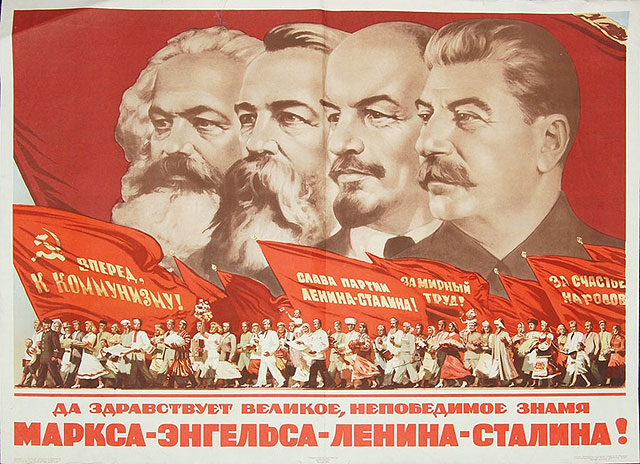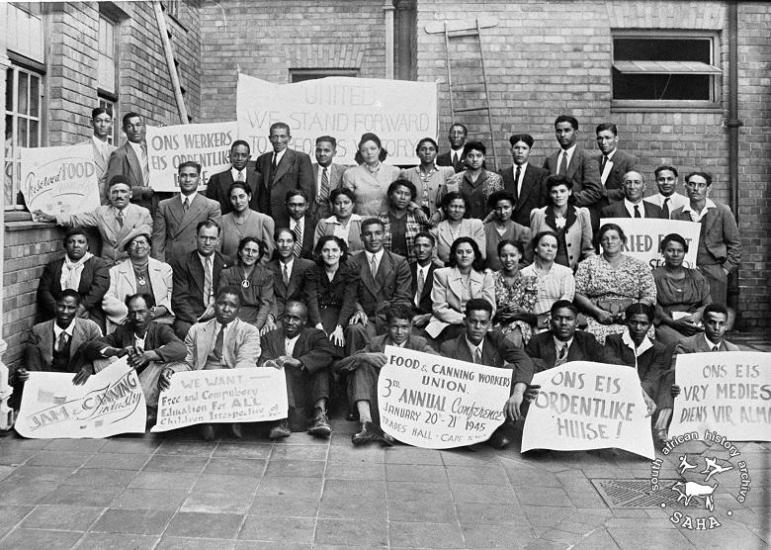Koffiefontein became the site for a large internment camp during World War II, with up to 2,000 Italian and German prisoners of war being held there, along with around 800 South Africans who were thought to be pro-Nazi. Prominent political figure John Vorster was among the South Africans held captive at Koffiefontein.
In the 1800's, Koffiefontein was an, 'oasis' location for transport riders traveling between the coast and the diamond fields and gold Mines, to the North. "Coffee fountain" is a reference to the strong coffee brew transport riders made, during their stopover. "Coffee fountain" involved transport riders grinding their own coffee beans (often with a spoon) and using the water of a natural spring to boil for the brew,(the first instant coffee?). Upon the discovery of diamonds near the natural Spring in 1870, a Town quickly developed at this Koffiefontein 'oasis', as prospectors began to Mine the Area, in search of high quality diamonds.
Koffiefontein's proximity to Mafikeng and Kimberley meant that it became involved in the Second Anglo-Boer War (1899-1902). Blockhouses, which served as defensive fortresses, were erected by the British in 1900 and are still standing in the twenty-first Century. The Koffiefontein district saw much military action during the Second Anglo-Boer War of 1899-1902 because it was close to the two strategic towns of Kimberley and Mafeking. After Boer forces under the command of General Brand and Commandant Hertzog attacked the town and its mine, several blockhouses were erected by the British in October 1900. The blockhouses were involved in actions in the subsequent months and at one point the Town was looted by the Boers and the people of the Town took refuge in the Mine. During the Second World War a large internment camp was opened in the town, with 2,000 Italian prisoners of war, some German prisoners of war, and some 800 South African internees, who were suspected of being pro-Nazi. Among the internees was F.C Erasmus and John Vorster who became prime minister of South Africa in 1966 and was president of the country from 1978 to 1979. The remains of murals painted by the Italian POWs can still be viewed in the Town, as can the barracks in which they were held.
In the 20th Century mining operations were suspended several times, the last time in 1980s, but diamond-bearing gravels from one volcanic pipe are once again being worked by De Beers.
Sheep farming is the main economic activity of the 1900 square km District, was proclaimed in 1963. Kalkfontein Dam (339 million cubic meters) on the Riet River, 20 km South-East of the town, was built to irrigate the Land on which the main crops are Lucerne, seed, potatoes and groundnuts. The Dam supplies water to Koffiefontein and Jacobsdal.


